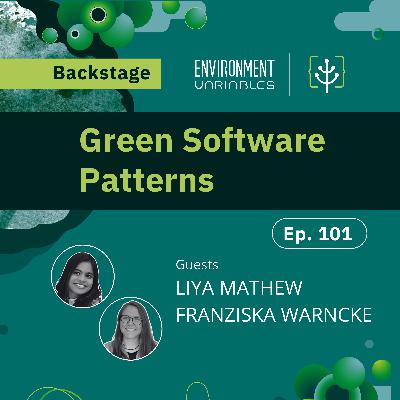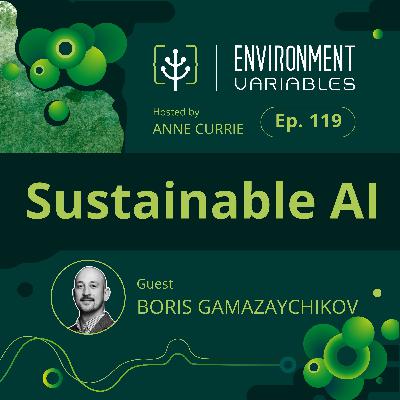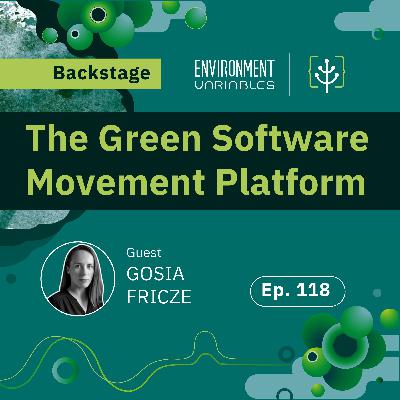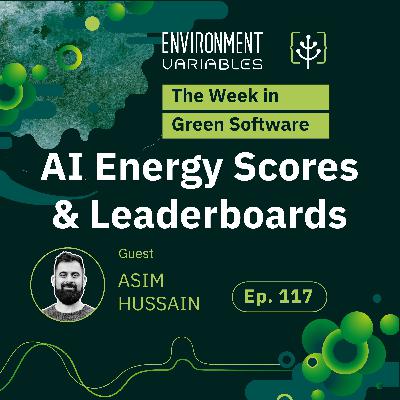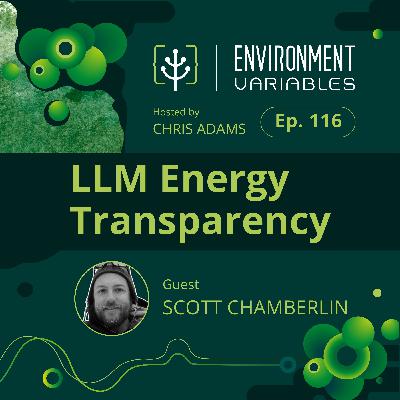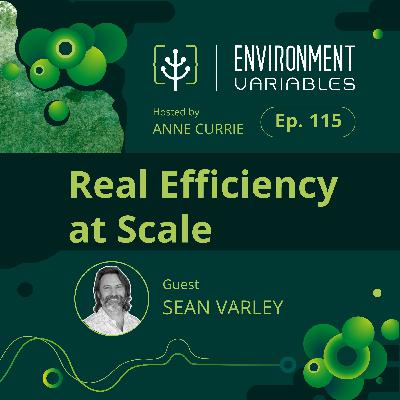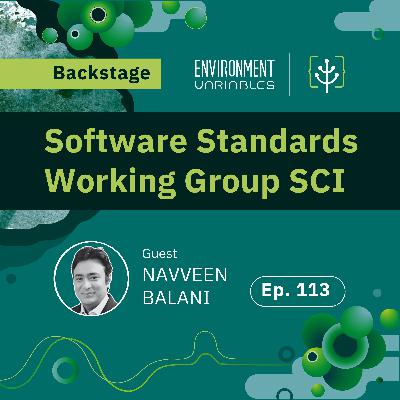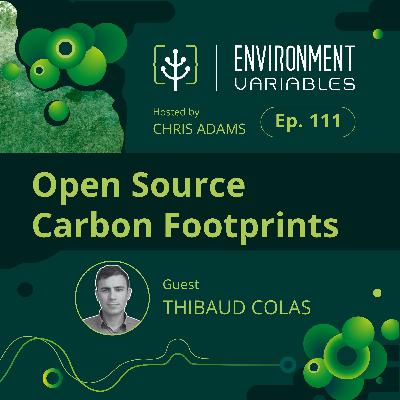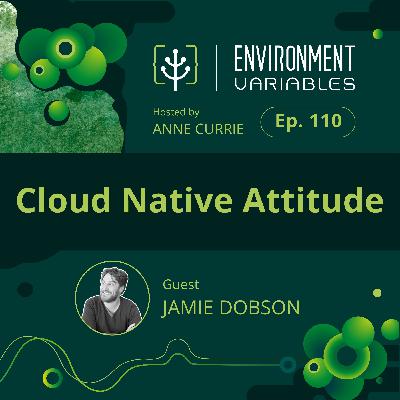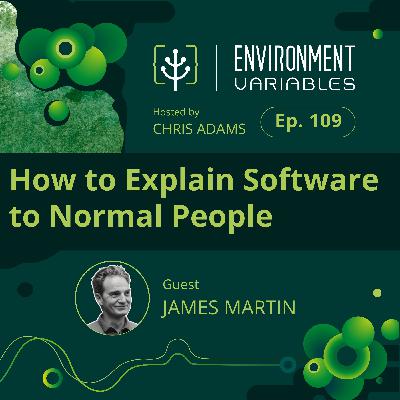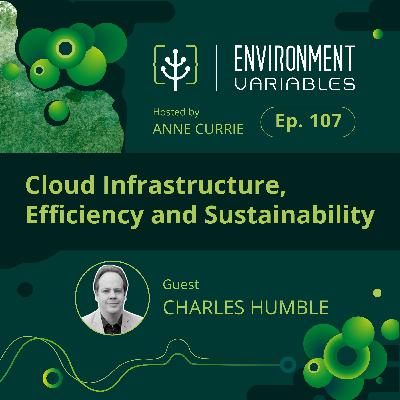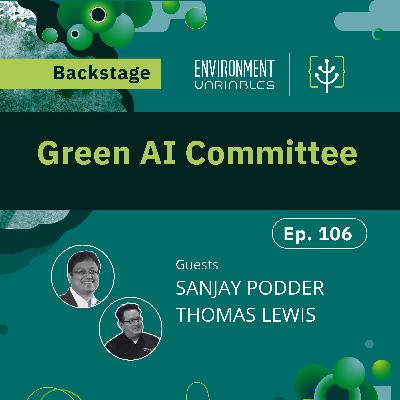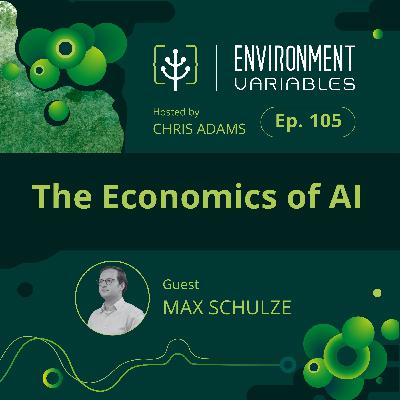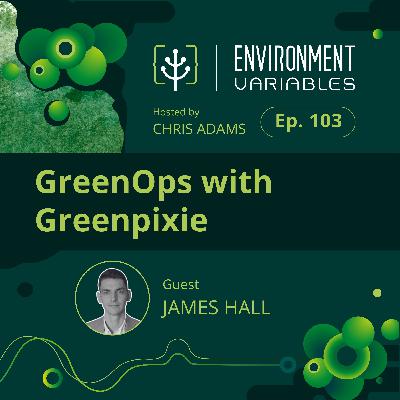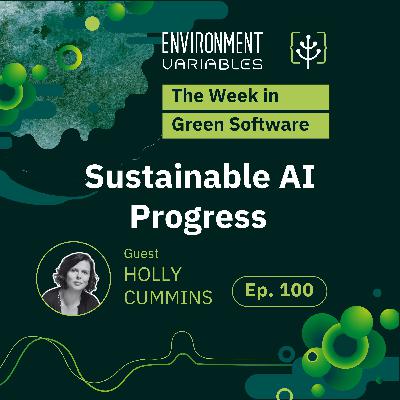Backstage: Green Software Patterns
Update: 2025-03-27
Description
In this episode, Chris Skipper takes us backstage into the Green Software Patterns Project, an open-source initiative designed to help software practitioners reduce emissions by applying vendor-neutral best practices. Guests Franziska Warncke and Liya Mathew, project leads for the initiative, discuss how organizations like AVEVA and MasterCard have successfully integrated these patterns to enhance software sustainability. They also explore the rigorous review process for new patterns, upcoming advancements such as persona-based approaches, and how developers and researchers can contribute.
Learn more about our people:
Find out more about the GSF:
Resources:
- Green Software Patterns | GSF [00:23 ]
- GitHub - Green Software Patterns | GSF [ 05:42 ]
If you enjoyed this episode then please either:
- Follow, rate, and review on Apple Podcasts
- Follow and rate on Spotify
- Watch our videos on The Green Software Foundation YouTube Channel!
Connect with us on Twitter, Github and LinkedIn!
TRANSCRIPT BELOW:
Chris Skipper: Welcome to Environment Variables, where we bring you the latest news from the world of sustainable software development. I am the producer of the show, Chris Skipper, and today we're excited to bring you another episode of Backstage, where we uncover the stories, challenges, and innovations driving the future of green software.
TRANSCRIPT BELOW:
Chris Skipper: Welcome to Environment Variables, where we bring you the latest news from the world of sustainable software development. I am the producer of the show, Chris Skipper, and today we're excited to bring you another episode of Backstage, where we uncover the stories, challenges, and innovations driving the future of green software.
In this episode, we're diving into the Green Software Patterns Project, an open source initiative designed to curate and share best practices for reducing software emissions.
The project provides a structured approach for software practitioners to discover, contribute, and apply vendor-neutral green software patterns that can make a tangible impact on sustainability. Joining us today are Franziska Warncke and Liya Mathew, the project leads for the Green Software Patterns Initiative.
They'll walk us through how the project works, its role in advancing sustainable software development, and what the future holds for the Green Software Patterns. Before we get started, a quick reminder that everything we discuss in this episode will be linked in the show notes below. So without further ado, let's dive into our first question about the Green Software Patterns project. My first question is for Liya. The project is designed to help software practitioners reduce emissions in their applications.
What are some real world examples of how these patterns have been successfully applied to lower carbon footprints?
Liya Mathew: Thanks for the question, and yes, I am pretty sure that there are a lot of organizations as well as individuals who have greatly benefited from this project. A key factor behind the success of this project is the impact that these small actions can have on longer runs. For example, AVEVA has been an excellent case of an organization that embraced these patterns.
They created their own scoring system based on Patterns which help them measure and improve their software sustainability. Similarly, MasterCard has also adopted and used these patterns effectively. What's truly inspiring is that both AVEVA and MasterCard were willing to share their learnings with the GSF and the open source community as well.
Their contributions will help others learn and benefit from their experiences, fostering a collaborative environment where everyone can work towards a more sustainable software.
Chris Skipper: Green software patterns must balance general applicability with technical specificity. How do you ensure that these patterns remain actionable and practical across different industries, technologies and software architectures?
Liya Mathew: One of the core and most useful features of patterns is the ability to correlate the software carbon intensity specification. Think of it as a bridge that connects learning and measurement. When we look through existing catalog of patterns, one essential thing that stands out is their adaptability.
Many of these patterns not only align with sustainability, but also coincide with security and reliability best practices. The beauty of this approach is that we don't need to completely rewrite our software architecture to make it more sustainable. Small actions like catching static data or providing a dark mode can make significant difference.
These are simple, yet effective steps that can lead us a long way towards sustainability. Also, we are nearing the graduation of Patterns V1. This milestone marks a significant achievement and we are already looking ahead to the next exciting phase: Patterns V2. In Patterns V2, we are focusing on persona-based and behavioral patterns, which will bring even more tailored and impactful solutions to our community.
These new patterns will help address specific needs and behaviors, making our tools even more adaptable and effective.
Chris Skipper: The review and approval process for new patterns involves multiple stages, including subject matter expert validation and team consensus. Could you walk us through the workflow for submitting and reviewing patterns?
Liya Mathew: Sure. The review and approval process for new patterns involve multiple stages, ensuring that each pattern meets a standard before integration. Initially, when a new pattern is submitted, it undergoes an initial review by our initial reviewers. During this stage, reviewers check if the pattern aligns with the GSF's mission of reducing software emissions, follows the GSF Pattern template, and adheres to proper formatting rules. They also ensure that there is enough detail for the subject matter expert to evaluate the pattern. If any issue arises, the reviewer provides clear and constructive feedback directly in the pull request, and the submitter updates a pattern accordingly.
Once the pattern passes the initial review, it is assigned to an appropriate SME for deeper technical review, which should take no more than a week, barring any lengthy feedback cycles. The SME checks for duplicate patterns validates the content as assesses efficiency and accuracy of the pattern in reducing software remission.
It also ensures that the pattern's level of depth is appropriate. If any areas are missing or incomplete, the SME provides feedback in the pull request. If the patterns meet all the criteria, SME will then remove the SME review label and adds a team consensus label and assigns this pull request back to the initial reviewer.
Then the Principles and Patterns Working Group has two weeks to comment or object to the pattern, requiring a team consensus before the PR can be approved and merged in the development branch. Thus the raw process ensures that each pattern is well vetted and aligned with our goals.
Chris Skipper: For listeners who want to start using green software patterns in their projects, what's the best way to get involved, access the catalog, or submit a new pattern?
Liya Mathew: All the contributions are made via GitHub pull requests. You can start by submitting a pull request on our repository. Additionally, we would love to connect with everyone interested in contributing. Feel free to reach out to us on LinkedIn or any social media handles and express your interest in joining our project's weekly calls.
Also, check if your organization is a member of the Green Software Foundation. We warmly welcome contributions in any capacity. As mentioned earlier, we are setting our sights on a very ambitious goal for this project, and your involvement would be invaluable.
Chris Skipper: Thanks to Liya for those great answers. Next, we had some questions for Franziska. The Green Software Patterns project provides a structured open source database of curated software patterns that help reduce software emissions. Could you give us an overview of how the project started and its core mission?
Franziska Warncke: Great question. The Green Software Patterns project emerged from a growing recommendation of the environ
Comments
In Channel

